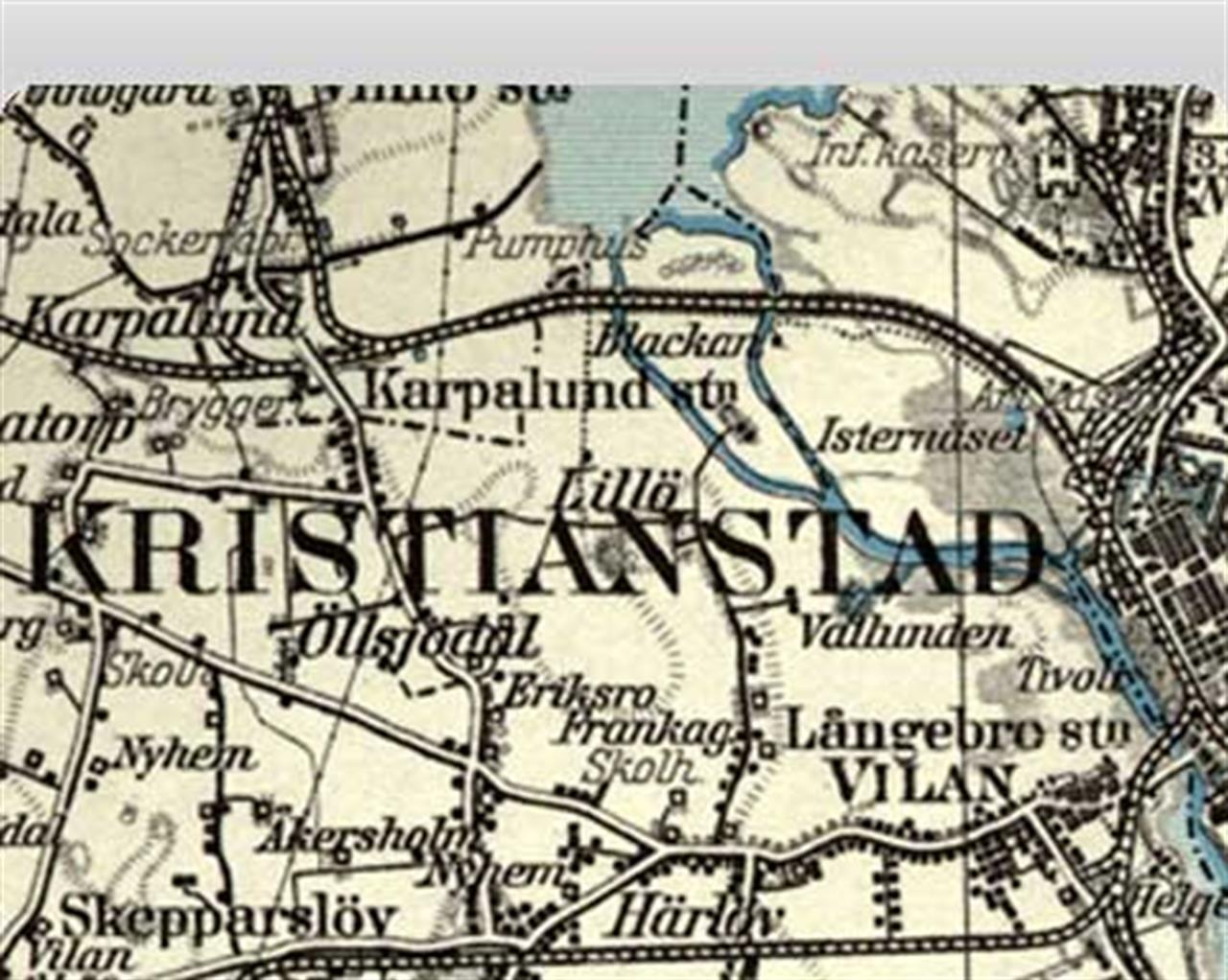Sostenibilità
Keeping warm without warming
A Swedish town proves that energy can be both sustainable and cost effective
di Staff

Heating the homes of 80 thousand people in the dead of winter in Sweden, without using fossil fuels. Its not a joke, nor a dream but the feat achieved by Kristianstad, a town in southern Sweden that manages to keep its self warm and yet produces very little C02.
The secret lies in a ten-year old power plant that transforms anything from potato peels, manure, used cooking oil and timber shavings into biogas. The gas is then burned to create heat and electricity, or refined to produce fuel for cars and busses.
According to city officials, carbon dioxide emissions have decreased by 25 per cent in just 10 years. Although environmental awareness wasn’t the only reason the town moved to biogas. “We didn’t want to buy oil from the Middle East or Norway,” admits Lennart Erfors, the engineer in charge of the plant.
Kristianstad is well on its way to being the most energy-sustainable city in the world and hopes that by 2020 local emissions will be 40 per cent lower than they were in 1990, when fossil fuels were still being used for heat and electricity. Today, 60 per cent of the fossil fuels still being used is done so by cars and public transport.
The only shadow to this fairytale is the price – 110 million euros to build the centralized biomass heating system – but profits can still be made in the long term. Whereas before it cost the local government 5.3 million euros to heat the municipal buildings every year, today it costs them less than half, 2.3 million euros.
To read the original article: New York Times
Vuoi accedere all'archivio di VITA?
Con un abbonamento annuale potrai sfogliare più di 50 numeri del nostro magazine, da gennaio 2020 ad oggi: ogni numero una storia sempre attuale. Oltre a tutti i contenuti extra come le newsletter tematiche, i podcast, le infografiche e gli approfondimenti.
